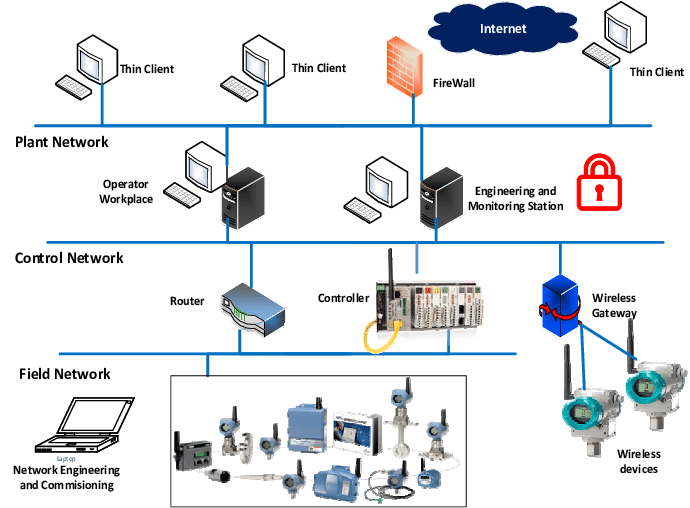
Automation Solutions
Building Automation Systems (BAS) are centralized, interconnected networks of hardware and software that monitor and control the environment and systems within a building. These systems aim to improve the efficiency, comfort, security, and overall functionality of the building.
An automation system refers to a set of technologies and processes that perform tasks with minimal human intervention. These systems are widely used in various fields to improve efficiency, accuracy, and productivity. Here are some key areas where automation systems are commonly applied:
- Industrial Automation
- Home Automation
- Version Control Automation
- Business Automation
- IT and Network Automation
- IoT (Internet of Things)
Robotics, conveyor systems, and computer numerical control (CNC) machines.Systems that manage and control processes in industries like oil and gas, chemical, and food and beverage.Devices and systems for controlling lighting, heating, air conditioning, security, and appliances through a centralized interface.Networked devices that communicate and automate household tasks.
Software for automating office tasks, such as email marketing, scheduling, and document management.Software robots that perform repetitive tasks like data entry and transaction processing.Tools that automate the configuration, monitoring, and management of IT infrastructure.Automated deployment, testing, and scaling of applications.
High upfront investment for development and implementation.Integration with existing systems and processes can be complex.Potential for reduced employment opportunities in certain sectors.Ensuring that automated systems are secure and reliable.